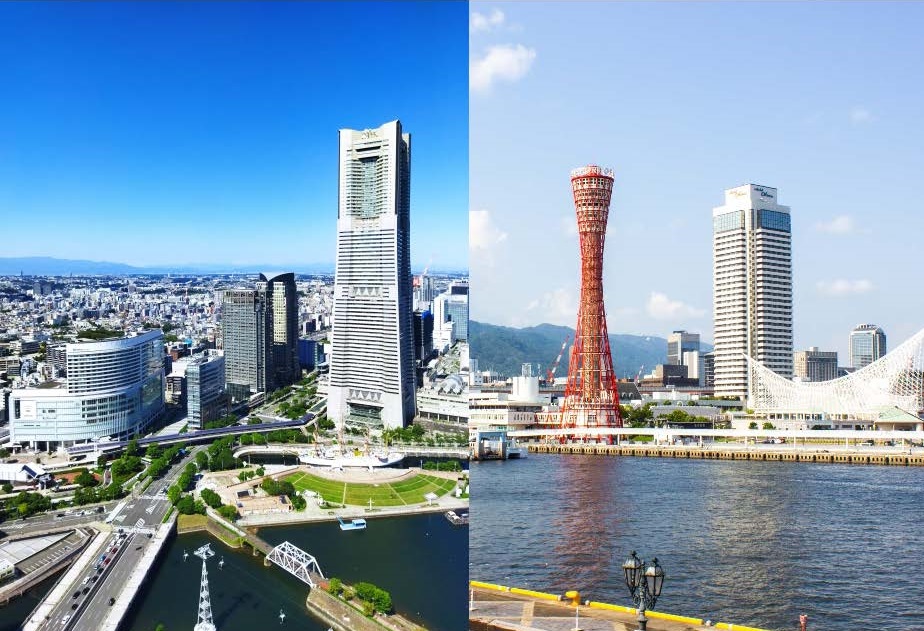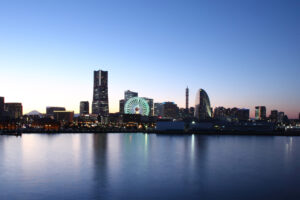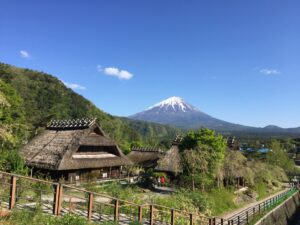Working in sales and marketing at a chemical company listed on the Tokyo Stock Exchange Prime for 25 years. With a background as a returnee from the United States and experience working in Singapore, actively promoting cross-cultural exchange and supporting foreign residents.
This unique perspective and extensive experience provide insightful and engaging views on the housing situations of foreigners in Japan, offering a well-rounded understanding of the challenges and solutions in this field.
Japan’s cities are known for their rich history, breathtaking landscapes, and vibrant culture. Among them, Yokohama and Kobe stand out as two cities where tradition and modernity blend seamlessly. Nestled along coastlines and surrounded by picturesque hills, both cities offer a captivating mix of urban life and natural beauty, each with its own distinct charm.
Port towns in the east and west with similar geography and topography
Yokohama and Kobe share one fascinating geographical feature: they are both hilly cities. Yokohama, located along the Sagami Plateau, has a unique landscape with numerous hills. The area is dotted with remnants of ancient Jomon settlements (Jomon period, around 14,000 BC to 10th century BC), making it not just a modern port city but also a place where history is literally underfoot. In fact, you can find ancient shell mounds and burial mounds, known as kofun, just a short walk from the bustling city center. Near Yokohama Station, in particular, lies a historical gem — a shell mound that sits next to Suiran High School, one of Yokohama’s most prestigious public schools.

Kobe, on the other hand, is cradled between the sea and the Rokko Mountains, creating a dramatic contrast that defines its scenery. With limited space for agriculture, the city’s development was focused more on trade and industry. While you won’t find Jomon-era relics here, Kobe has its own historical significance, being the site of Fukuhara-kyo, a short-lived imperial capital during the late Heian period (Heian period, late 8th century to late 12th century). Both cities’ landscapes contribute to their dynamic urban layout, with steep streets that wind through neighborhoods, making walking an adventure of discovery.











